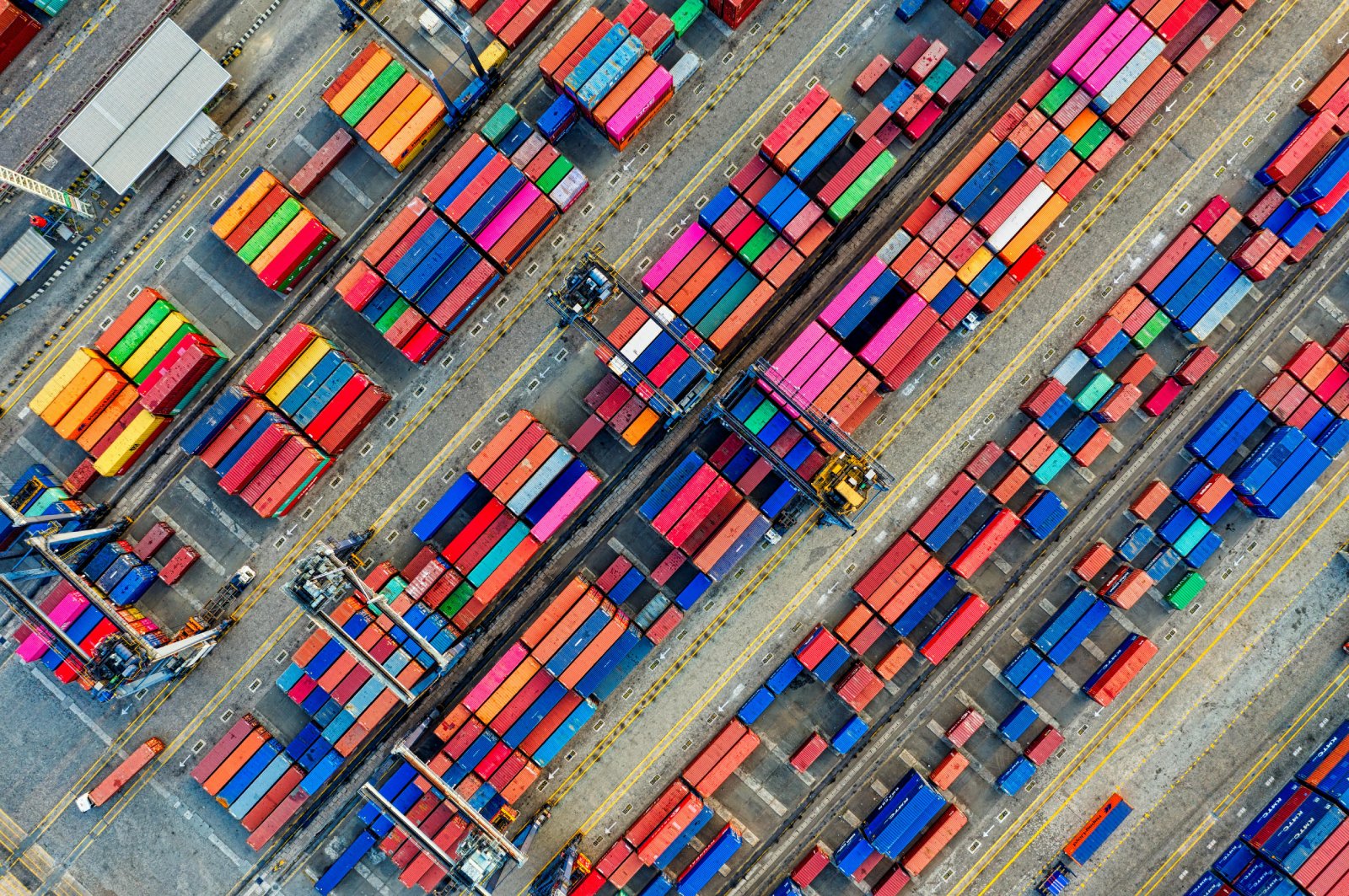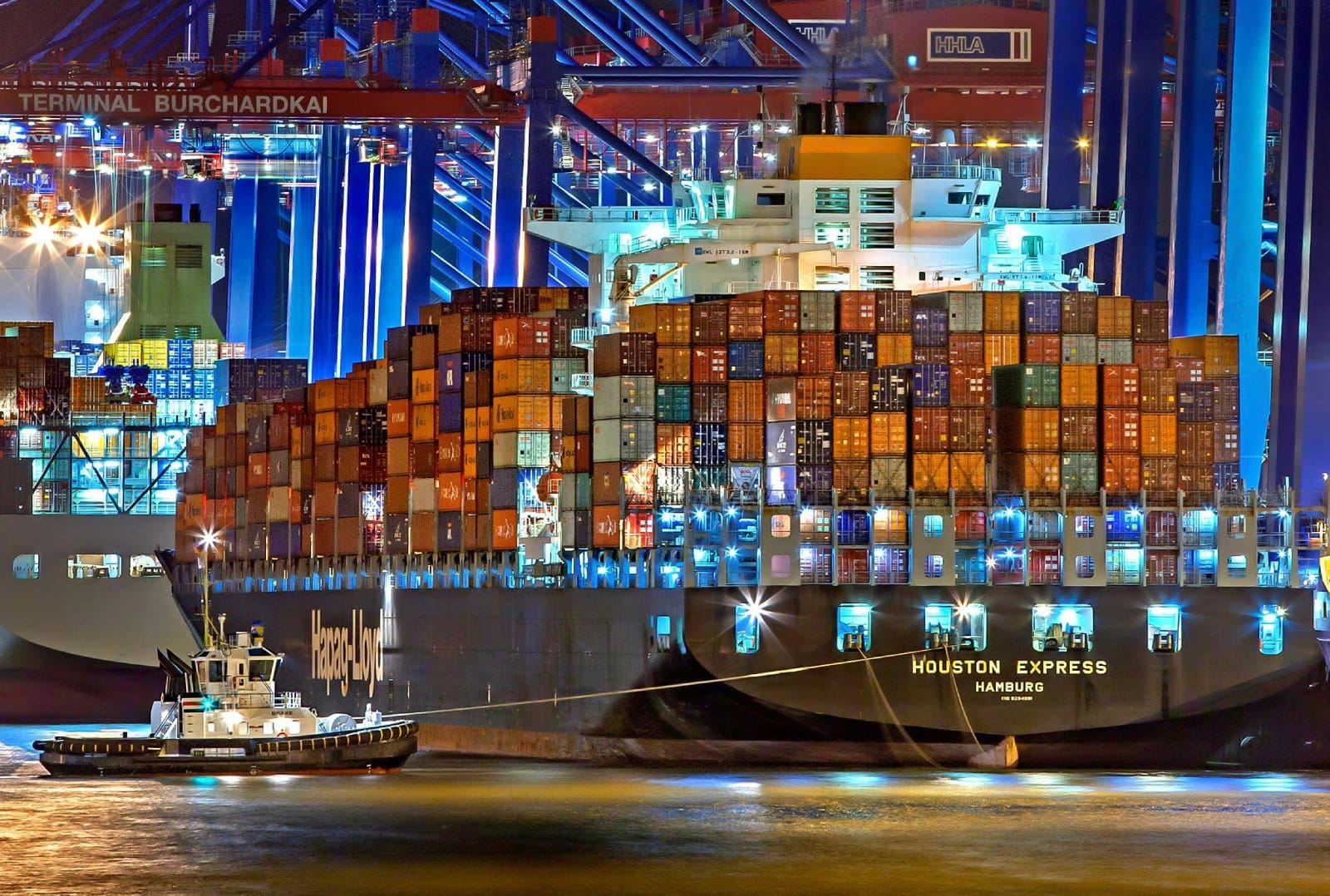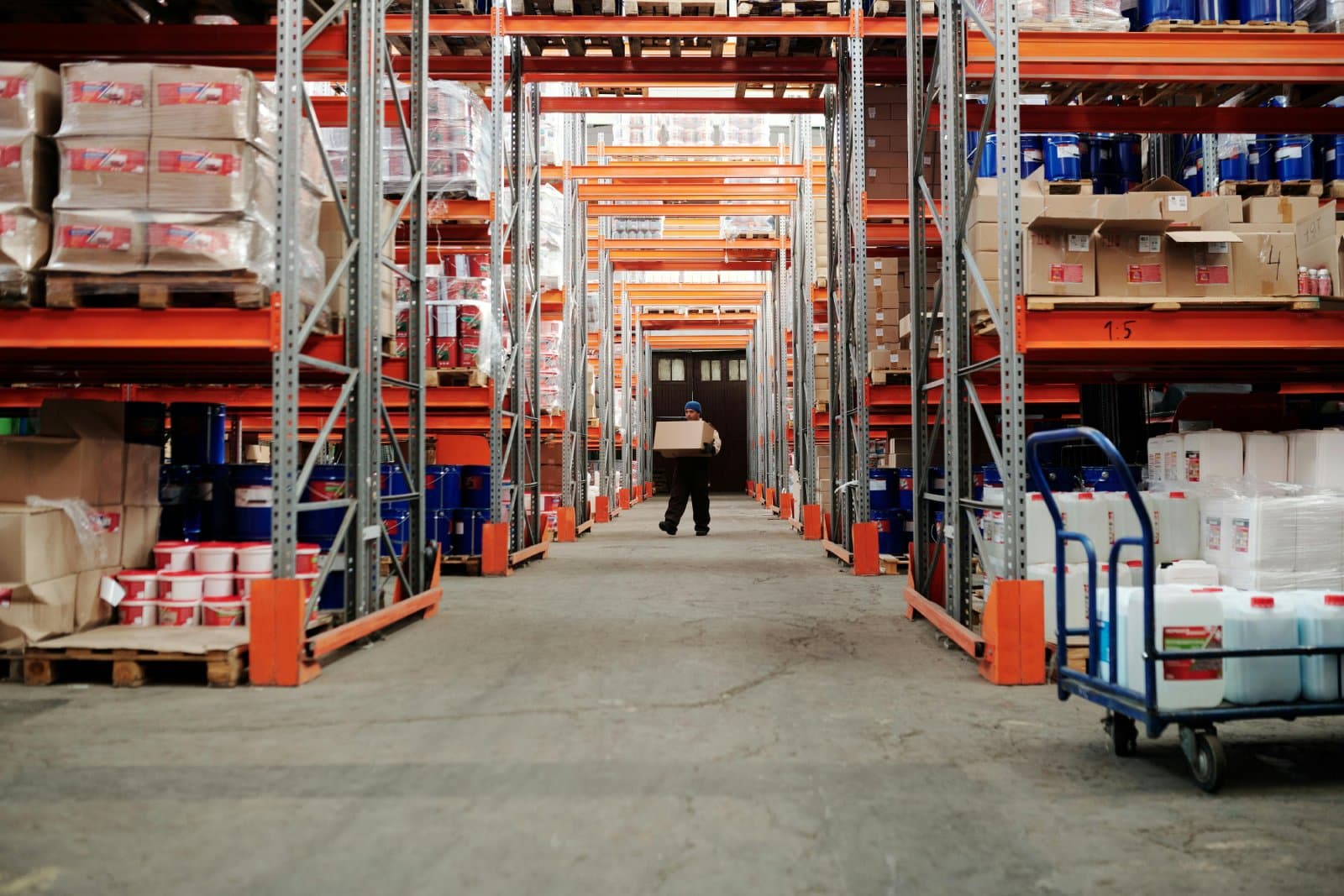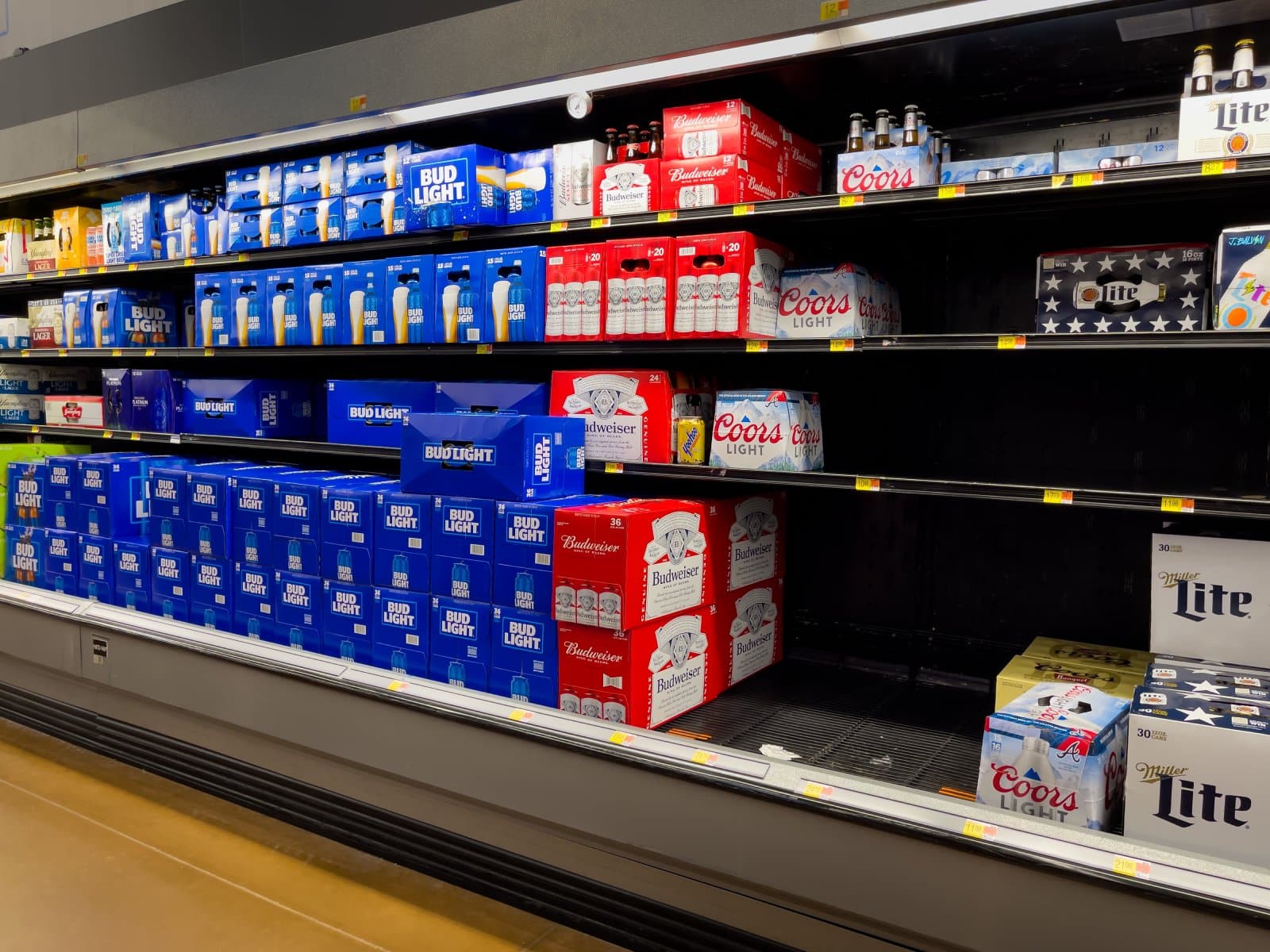Walked into a store expecting to grab your usual items but found empty shelves instead? Wondering why this keeps happening?
#1. Global Pandemic After Effects

The COVID-19 pandemic disrupted manufacturing and shipping worldwide. Many businesses are still catching up, leading to shortages in various products.
#2. Labor Shortages

A lack of workers in key sectors like trucking, warehousing, and retail slows down the movement of goods from factories to store shelves.
#3. Transportation Bottlenecks

Port congestion and shipping delays mean that products often spend weeks or months waiting to be unloaded and delivered.
#4. Increased Consumer Demand

As life returns to normal, people are buying more, often overwhelming the still-recovering supply chains.
#5. Raw Material Shortages

Shortages of essential materials like semiconductors, metals, and plastics affect everything from electronics to automobiles.
#6. Geopolitical Tensions

Trade disputes and international tensions can block or delay shipments, especially for products coming from sensitive regions.
#7. Weather Disruptions

Extreme weather events, from hurricanes to wildfires, disrupt transportation routes and damage infrastructure.
#8. Just-In-Time Inventory Pitfalls

Many companies keep minimal stock to save costs, but this strategy backfires when there are delays in replenishment.
#9. Energy Price Fluctuations

Rising fuel costs increase transportation expenses, causing companies to slow down shipments to reduce costs.
#10. Cybersecurity Threats

Hacking and cyberattacks on major supply chain systems can halt production and distribution for days or weeks.
#11. Localized Outbreaks of Diseases

New COVID-19 variants or other health crises can temporarily shut down factories or distribution centers in affected areas.
#12. Consumer Hoarding

News of potential shortages can lead people to buy in bulk, exacerbating the problem and emptying shelves faster.
#13. Retailer Ordering Patterns

Stores might order less stock due to financial caution, leading to quicker sellouts of popular items.
#14. Changing Consumer Preferences

Shifts in what people want can catch manufacturers and retailers off guard, leading to mismatches in supply and demand.
#15. Regulatory Changes

New laws or regulations affecting manufacturing, transport, or import can suddenly alter the availability of products.
#16. Lack of Diversified Suppliers

Reliance on a single source for products makes the supply chain vulnerable to any disruption in that source.
#17. Inefficient Supply Chain Management

Poor planning or outdated systems can lead to bottlenecks and delays in getting products to consumers.
#18. Unexpected Surges in Orders

Sudden increases in demand for specific items can overwhelm producers and distributors.
#19. Brand-Specific Issues

Problems unique to a specific brand, like recalls or factory issues, can lead to shortages of their products.
#20. Public Perception and Panic Buying

Rumors or fears about future shortages can lead to panic buying, stripping shelves before retailers can react.
The Path Forward

Understanding these factors helps us navigate the current shopping landscape with more patience and insight. While the situation is complex, awareness and adaptability are key to dealing with these ongoing challenges.
Remote No More: 19 Companies Returning to the Office

As the pandemic wanes, companies are recalling remote workers back to the office, sparking debates on fairness, costs, and convenience. However, there are also notable productivity, coworking, and mental health benefits to consider. Feeling the effects of these changes? Remote No More: 19 Companies Returning to the Office
8 Costco Must Buys and 8 to Leave Behind

Ever wandered Costco’s aisles, questioning if that giant jar of pickles is a real bargain? Or debated buying tires where you get your rotisserie chicken? Welcome to the definitive guide to Costco shopping—a journey to save money, prevent regrets, and offer quirky insights into bulk buying. 8 Costco Must Buys and 8 to Leave Behind
23 Reasons Texas Is the Next Big Thing

Texas is becoming a beacon of opportunity, blending cultural heritage with economic growth. From its landscapes to its industries, the Lone Star State offers a dynamic lifestyle. Here are 23 reasons why Texas stands out, attracting entrepreneurs, artists, tech professionals, and families seeking new beginnings. 23 Reasons Texas Is the Next Big Thing
15 Top Sites to Sell Your Unwanted Goods Besides Craigslist

Selling your unwanted items can declutter your space and boost your income. While Craigslist is popular, there are many alternatives with unique features and wider audiences. Explore these 15 Craigslist alternatives for selling everything from furniture to electronics, finding the perfect platform to turn clutter into cash. 15 Top Sites to Sell Your Unwanted Goods Besides Craigslist
Work from Anywhere: 19 Companies Still Supporting Remote Work

Tired of commuting and craving work flexibility? You’re not alone. Many companies now offer remote work, benefiting both employees and employers. Ever wondered how this shift could enhance your work-life balance? Work from Anywhere: 19 Companies Still Supporting Remote Work
The post – The Hidden Forces Causing Your Store Shelves to be Empty – first appeared on Liberty & Wealth.
Featured Image Credit: Shutterstock / awpixel.com.
The content of this article is for informational purposes only and does not constitute or replace professional financial advice.
For transparency, this content was partly developed with AI assistance and carefully curated by an experienced editor to be informative and ensure accuracy.

